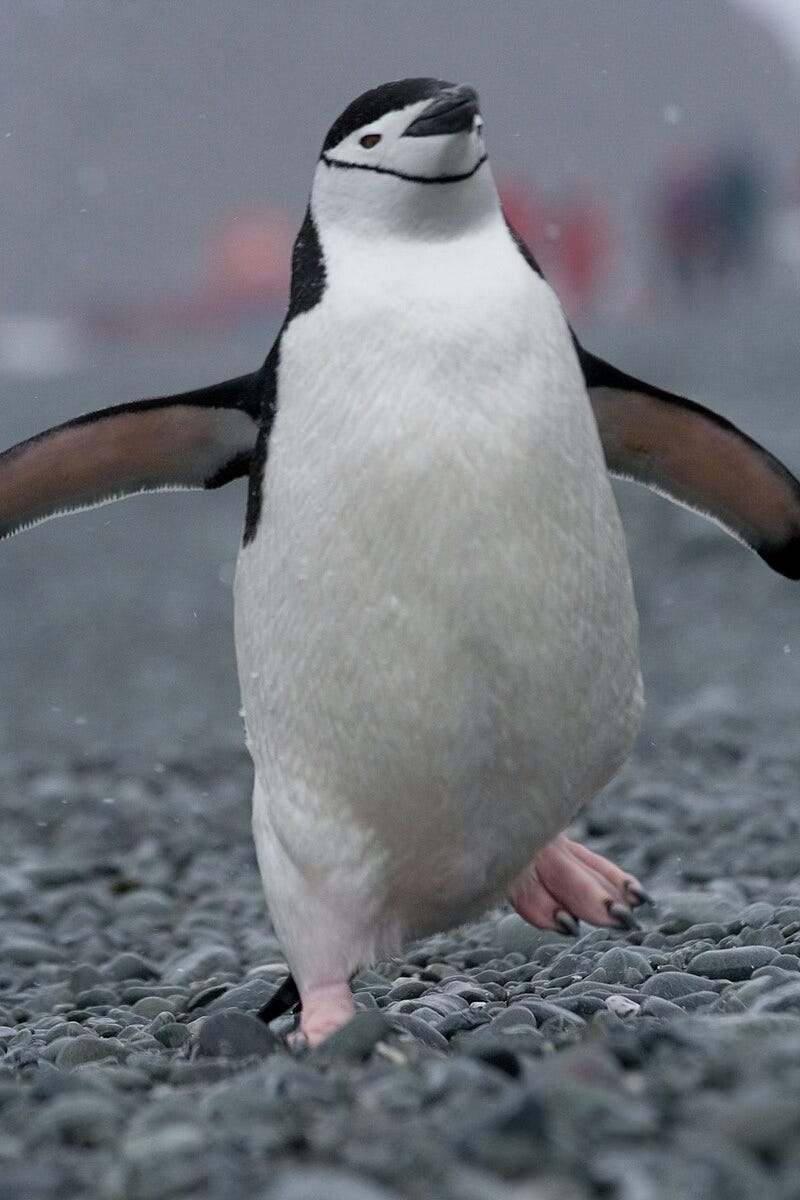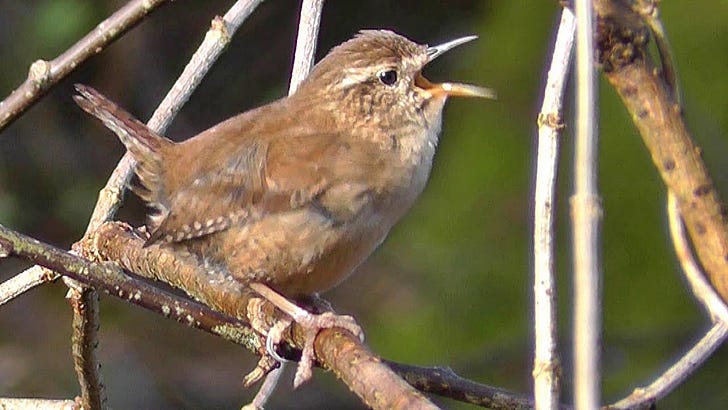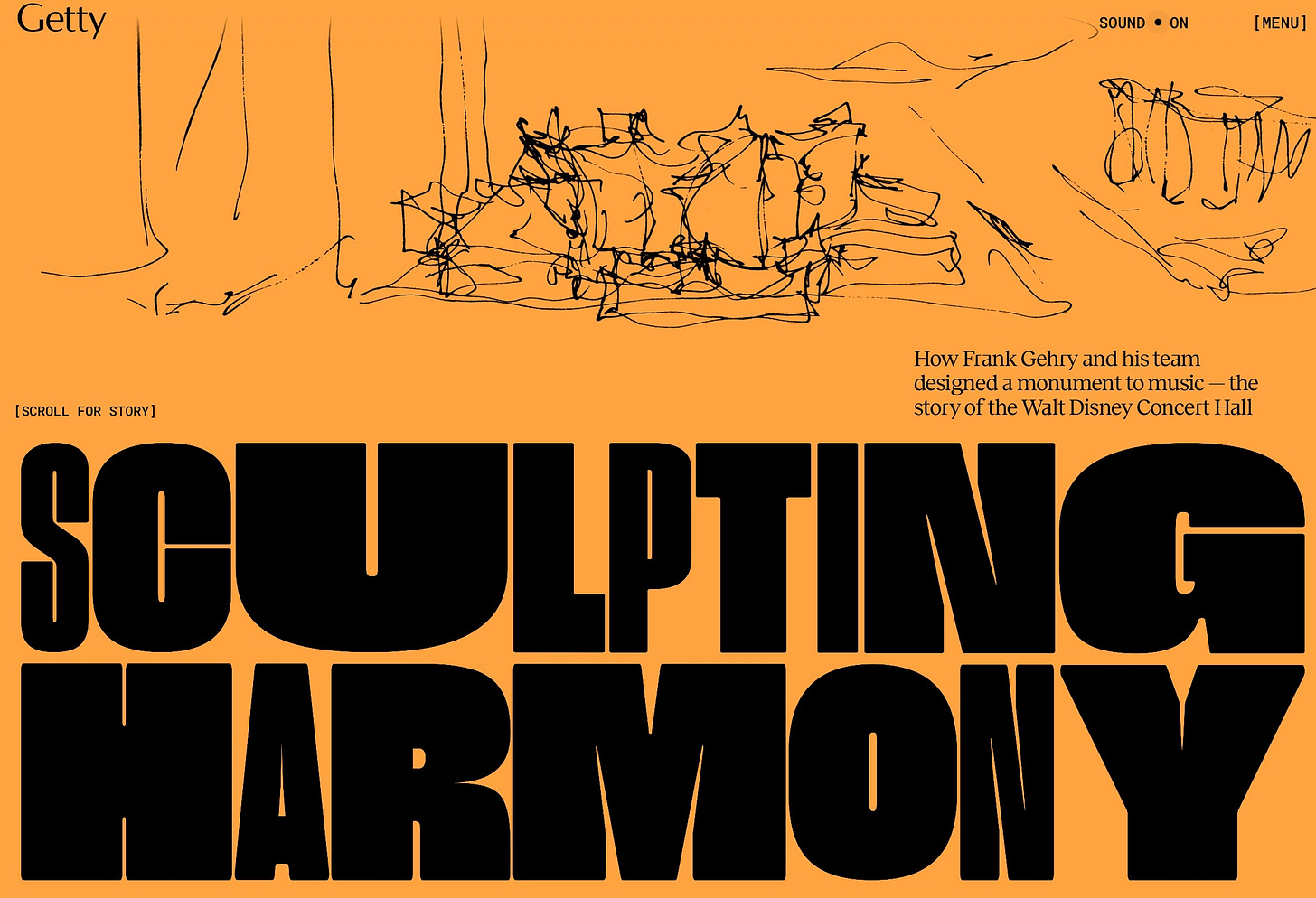Thing 1 – Sounds
I’ve been reading, and enjoying, Caspar Henderson’s A Book of Noises – a fascinating and wide-ranging exploration of the world of sound. While there’s much in it to absorb, digest and ponder, this passage caught my eye:
"Beautiful as human music inspired by birds can be, there is always a gap between them and us, because songbirds hear and process sound differently from humans. While birds generally hear the same range of pitches as us, many also hear details that are imperceptibly fast for humans: they are capable of registering units of sound that last as little as one millisecond, while humans can manage three to four milliseconds at best."
The truth of this will be evident to anyone who has ever grappled with the intricacies of birdsong. Take, for example, the song of the Eurasian Wren – which, incidentally has one of the best scientific names: Troglodytes troglodytes, or 'cave-dwelling cave-dweller', in homage to its penchant for nesting in tiny crevices.
It sounds, if you’re not familiar, like this.
Transliteration of birdsong is, as I’m sure I’ve said many times, a mug’s game. But here goes:
tsib-a-tsab-a-tsoo-diddy-dabble-iddy-wodda-tsipp-a-brrrrr-tsip-tsip-tsip-tsip-tsip-tsip-tsip—tjop-tsrrrrrrrrrrrrrrrr—-ts’tjupp-tjupp-tjupp-tjupp
As Caspar says, it’s the speed of it that confounds. Slow it down, and it becomes something our ears and brains have time to register in more detail.
You can play this game with any bird sound, of course, but do it to the extraordinary vocalisations of a European Starling (Sturnus vulgaris, an altogether more prosaic scientific name not in keeping with the magnificence of the birds themselves) and the results are quite something.
I fully intended to write 400 words of pith and wit about the wren, but then I realised I did that two years ago. That piece includes the transliteration of the wren’s song as seen above – I settled on a version a few years ago and have never bothered to amend it. Apologies for the repetition.
Caspar Henderson is on Substack and is of course recommended.
Thing 2 – Globes
*watches film about bespoke globemakers Bellerby and Co*
*immediately wants personalised globe*
*very quietly closes window, decides to admire the beauty of the globes from afar*
Thing 3 – Morse
Morse code, like the International Phonetic Alphabet, Esperanto and British Sign Language, is one of those things I’ve always vaguely thought about learning but never got round to. Like many people, I have enough Morse for use in an emergency (shortshortshort LOOONG LOOOONG LOOONG shortshortshort), although for the longest time I got the letters mixed up, so in the event of an actual emergency would have spent my last minutes on the planet trying to find the means with which to send a desperate O.S.O. to the world.
Now I’ve discovered this handy online Morse code learning tool, perhaps I’ll actually do it. (And perhaps I will also learn BSL, which is the one I feel most shamefaced about, because it’s the kind of thing which might actually be both useful and helpful in everyday life).
One of Morse code’s accidental functions is that it lends itself to repurposing in musical guise, a property most famously exploited by Barrington Pheloung in the theme tune for Inspector Morse (it would, frankly, have been rude not to).
Less well known (to me, at least – this may well be the kind of trivia titbit that has you rolling your eyes and muttering 'oh for blinking heck’s sake, keep UP, will you?') is that the theme tune for 'Some Mothers Do 'Ave 'Em' spells 'Some Mothers Do 'Ave 'Em' in Morse code.
You can check if you want.
(Sidebar: Ronnie Hazlehurst was of course a bona fide genius – just listen to the theme for The Fall and Rise of Reginald Perrin, which not only perfectly captures the tone of the series (tragicomic melancholy) but has a wordless melody to which you can sing the words of the title, with the word 'fall' landing on a falling interval and the word 'rise' landing on a rising one).
BUT I DIGRESS.
Fans of prog rock titans Rush won’t need telling that the intro to their song YYZ spells out those letters (the three-letter code for Toronto Pearson airport, where guitarist Alex Lifeson was training as a pilot at the time).
The SOS in The Clash’s London Calling is rather less subtle, and easier to latch onto.
There are plenty of other examples, not least the claim that there’s a faint rendition of the letters 'JL' in Strawberry Fields Forever, but no doubt you can find those yourself if you’re interested enough.
Thing 4 – Penguins

Nesting Chinstrap Penguins take more than 10,000 micronaps a day.
Yet another reason to love penguins.
Thing 5 – Concert Hall
"Architecture is frozen music" – usually attributed to Goethe but apparently coined by Friedrich von Schelling
"[Donald’s music] is like defrosted architecture" – Michael Flanders
A really nicely presented interactive thingamajig (I never know how to spell that) about the architecture of the Walt Disney Concert Hall. Well worth exploring.
Thing 6 – Harry and Sally
You might all be up to speed with the existence of these deleted scenes from When Harry Met Sally. EVEN SO.
Do I need an excuse to give you Nora Ephron discussing When Harry Met Sally with Rob Reiner? I do not.







I thought our lyrebird was marvellous but that wren is something else. (Lyrebird has better tail feathers)
I didn't know about the WHMS deleted scenes...the Godfather when sonny dies impersonation!